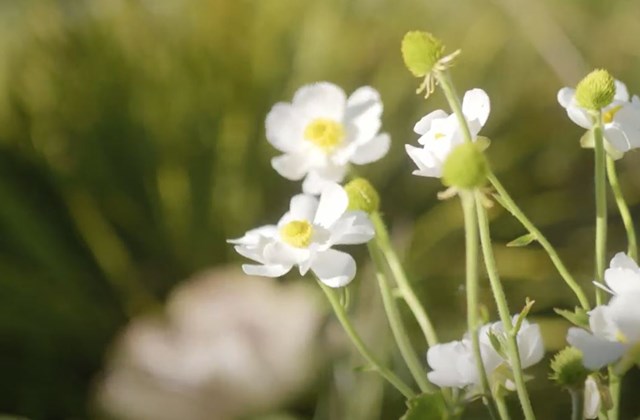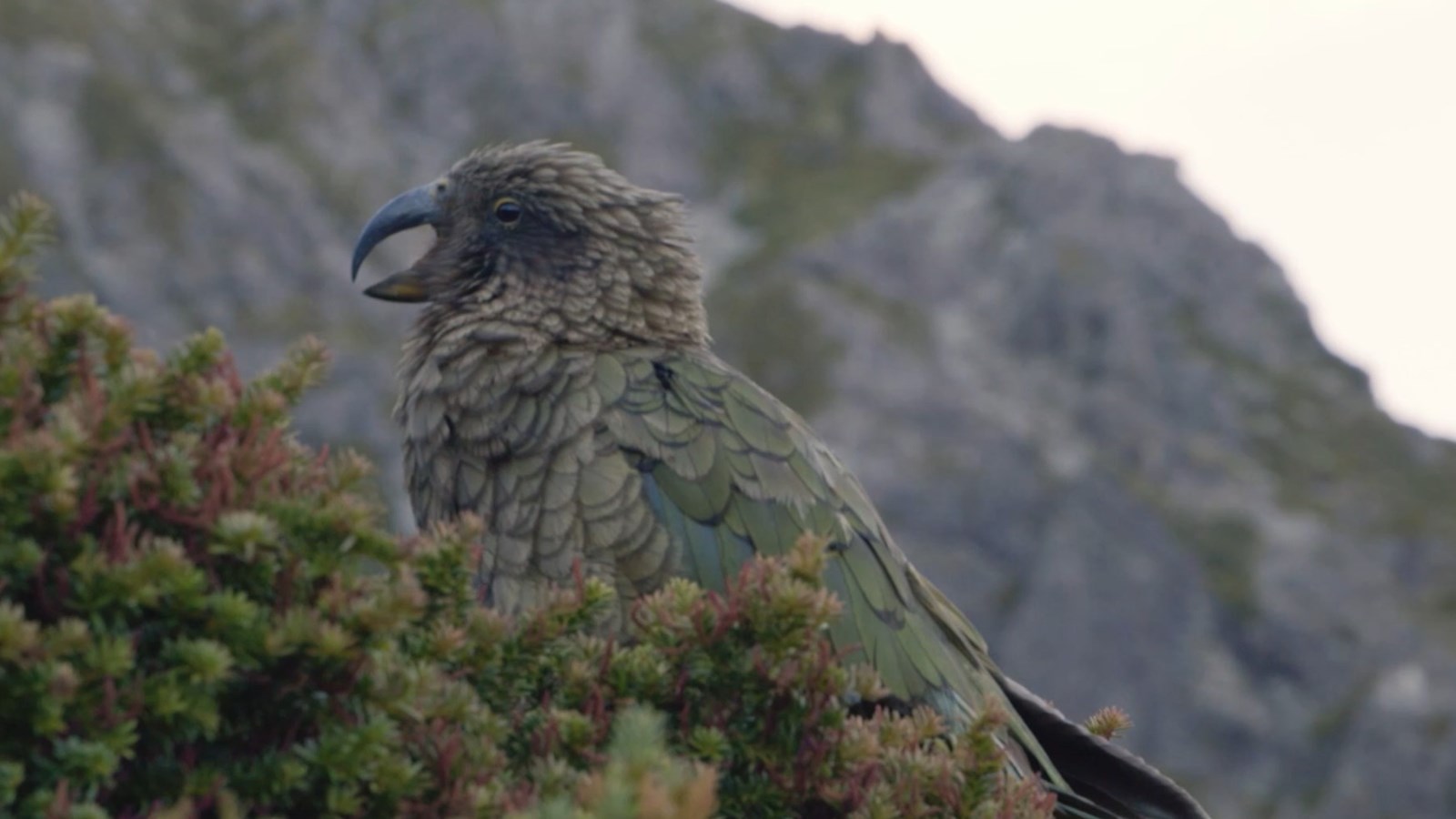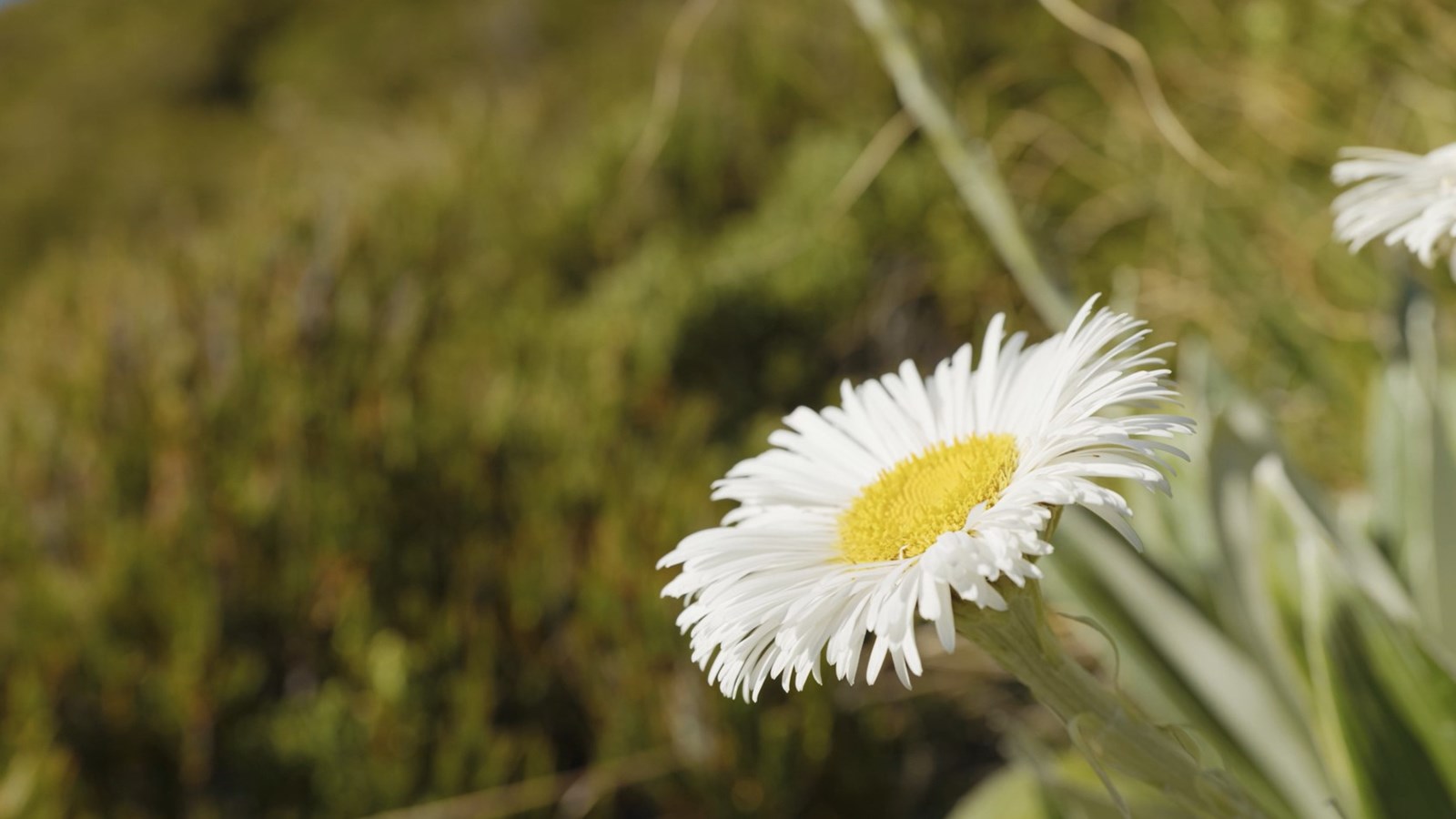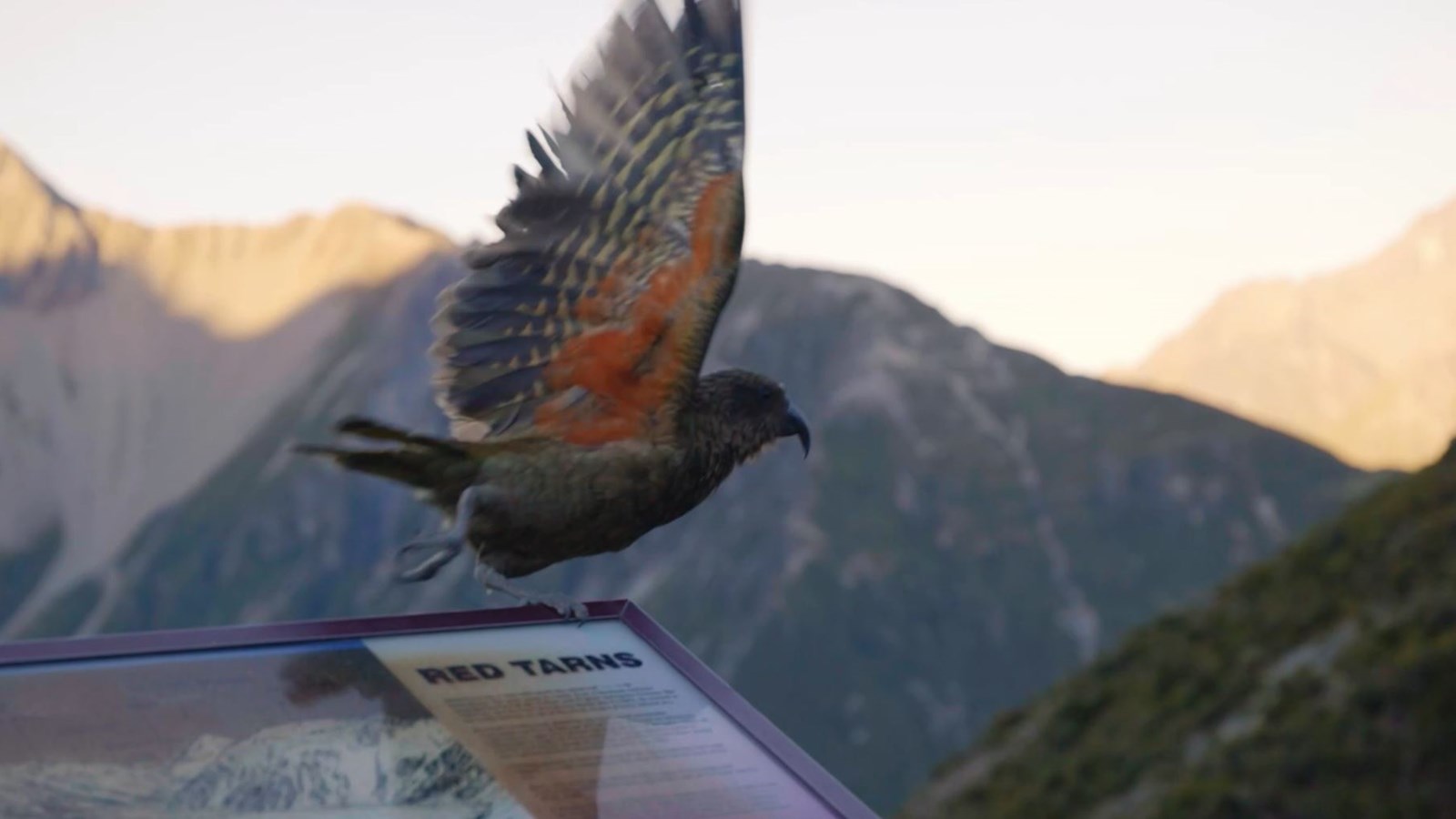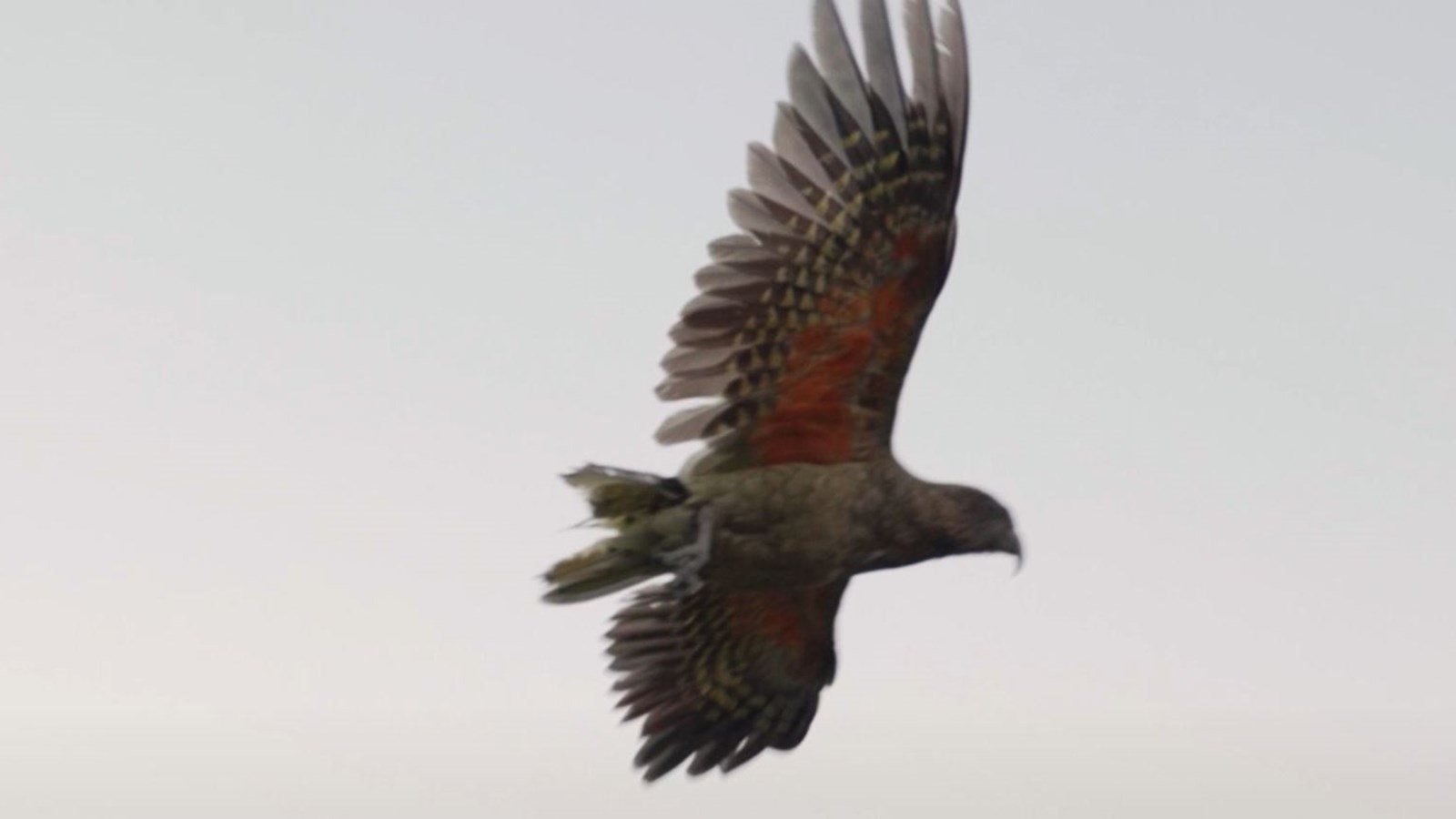Flora & Fauna of Aoraki/Mount Cook National Park
AORAKI/MOUNT COOK NATIONAL PARK IS TRULY A SPECTACULAR PLACE TO EXPLORE.
Part of the Te Wahipounamu area, the park is in excess of 700km’s and has been recognised as a UNESCO world heritage site since 1990. Boasting 23 peaks over 3000 metres high and home to 8 of the 12 largest glaciers in the country, it’s no surprise that a third of the park is covered in permanent snow and glacial ice.
Adventurers have been travelling to this very special part of the world for a long time, however for many the region is a place to unwind and relax in nature. For those looking to familiarise themselves with their surroundings at a slower pace, there are many short, beautiful walks for you to enjoy as you discover the flora & fauna of the region.
Aoraki/Mount Cook National Park is home to many plants, in fact between 300 & 400 different species make up the region's vegetation. Around 100 of these are introduced plant species, such as lupins, wild cherry and wilding pines whilst the rest are all native to New Zealand. The ground in the National Park is covered with snow tussock, a type of golden native grass, alongside golden speargrass. Beech trees, ribbonwood and tree daisies are also aplenty. Many travel to the area to see the Mount Cook Buttercup, the largest buttercup in the world, which takes centre stage. The Mount Cook Buttercup typically comes into bloom between November & February and you can find many of them huddling together just after the second bridge on the Hooker Valley Track.
Most of the National Park sits above the treeline at 1300metres and this is where you’ll find most of the alpine plants, such as the unusual looking Vegetable Sheep, Snow Gentian and the native herb, South Island Edelweiss.
Heading further up, at 2000metres above sea level you’ll find the lichen species. A combination of algae and fungus, the lichen is something that you’ll no doubt recognise, even if you weren’t aware of the name, as there are 1800 different species of lichen in NZ alone! Lichen’s cling onto whatever surface they grow on, such as rocks or tree trunks, and apparently there are 14 different species on the summit rocks of Aoraki/Mount Cook.
Aoraki/Mount Cook National Park is also a haven for avid bird watchers. It is home to around 40 different types of bird, including fantails, piwakawaka, pigeon and morepork. You can also find the world’s only alpine parrot, the cheeky kea and New Zealand’s songbird, the pipit. Sadly, the kea is an endangered species, however you can usually spy a couple hanging out on the Hooker Valley and at (surprise, surprise) Kea Point.
Other threatened birdlife that inhabit the National Park are the tiny rock wrens. This small, South Island wren tends to hide away high in the mountains, however, listen carefully and you may be able to hear their distinctive high pitched, three note call. In the Tasman riverbed lives a small amount of Kaki, otherwise known as a black stilt. The native NZ Kaki is the rarest wading bird, and one of the rarest birds, in the world.
We always recommend stopping by the Department of Conservation Visitor Centre which is located in the village. Head on over to their website if you'd like to read up before you visit. Finally, please always be prepared when exploring the National Park, the weather can change quickly and the alpine areas are very exposed.
